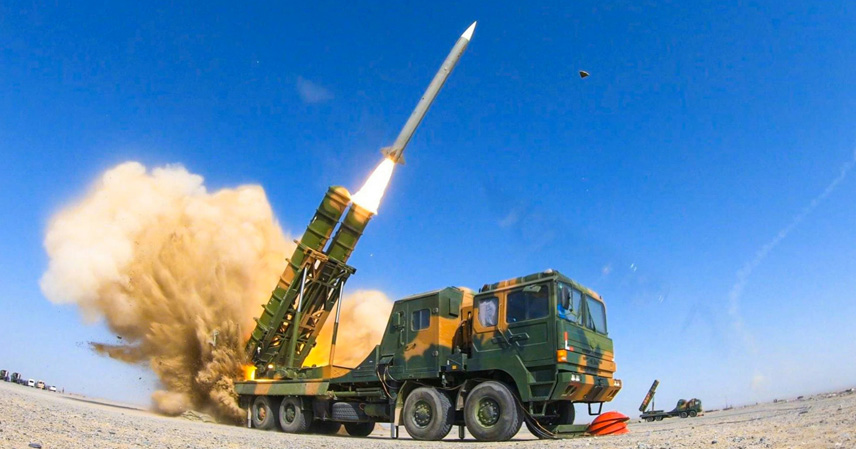On the streets of Belgrade, final rehearsals are underway for the September 20 “Power of Unity” military parade. Among the military equipment, two Chinese-made air defense systems have become the center of attention: the HQ-17AE short-range air defense system and the HQ-22 medium-to-long-range surface-to-air missile system. This marks the first time these systems have appeared together at a parade rehearsal in a European country.
1. Parade Rehearsal: Chinese Systems Take the Spotlight
Eyewitness videos showed the HQ-22 missile launcher mounted on an 8×8 wheeled chassis, with six cylindrical launch tubes in a slanted formation—each bearing Serbia’s military insignia.

Nearby, the HQ-17AE sat on a tracked chassis, its radar dome rotating continuously, clearly scanning the surrounding airspace. Military observers note that the pairing demonstrates a layered air defense strategy: short-range and medium-to-long-range systems working together to form a comprehensive protective network.
As Serbian military analyst Milos Jovanovic commented:
“These are not just showpieces—they are a concrete commitment to security.”
2. HQ-22: Capabilities and Features
The HQ-22, developed by China Aerospace Science and Industry Corporation (CASIC), is a mobile medium-altitude, medium-range surface-to-air missile system. First unveiled in the 2017 PLA 90th Anniversary Parade, it has since matured into a complete operational system.
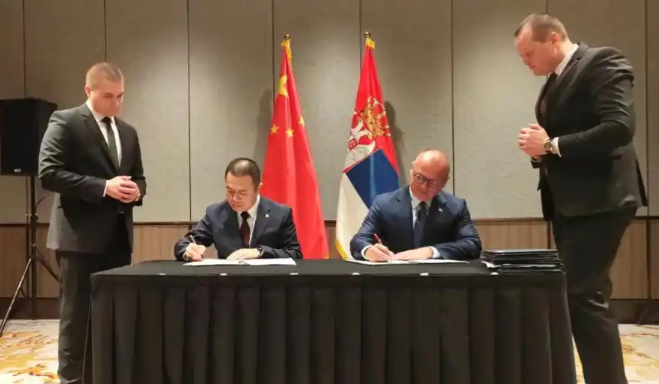
Key performance specs include:
- Range: 5–100 km
- Ceiling: up to 27,000 m
- Top speed: Mach 6
- Guidance: radio command + semi-active radar homing (dual-mode)
- Radar capability: phased array, 3D target detection and tracking
- Detection range: 180 km for 2 m² RCS targets
- Tracking range: 142 km
- Engagement capacity: track 16 targets, guide 12 missiles, intercept 6 simultaneously
The HQ-22 is designed to counter 3rd-generation fighters, attack helicopters, and medium-to-high altitude drones effectively.
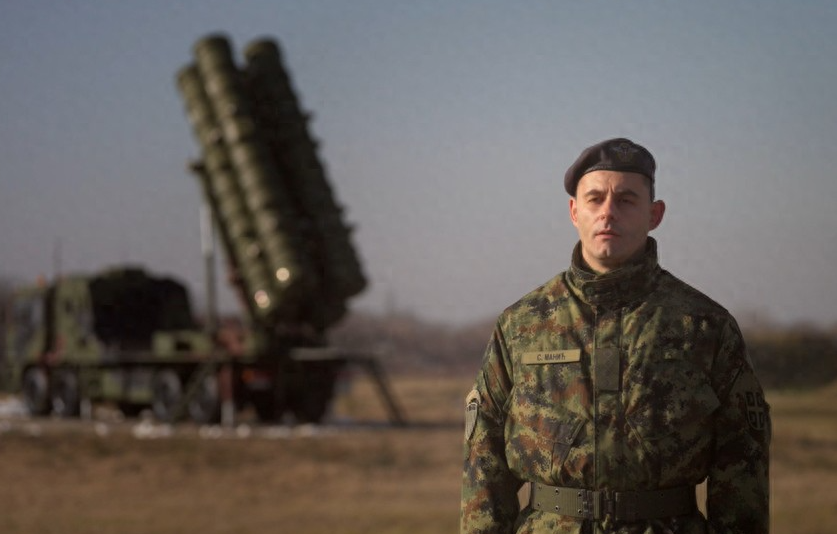
3. Why Was the HQ-22 Developed?
Initially, the HQ-22 was intended to replace China’s aging HQ-2 and HQ-12 systems. The HQ-2, based on the Soviet SAM-2, had long been obsolete despite upgrades.
In 2016, a PLA Air Force unit tasked with defending Beijing’s southwest sector became the first to receive the HQ-22—signaling the system’s strategic importance.
Crucially, the HQ-22 offers high performance at lower cost compared to the HQ-9, making it ideal for widespread deployment across the PLA while complementing higher-end systems.
4. Serbia’s Acquisition: Years in the Making
Serbia’s decision to procure the HQ-22 was not sudden. In 2020, reports surfaced that Serbia planned to purchase the FK-3—the export version of the HQ-22.
In April 2022, the PLA Air Force conducted a major airlift operation with 18 Y-20 transport aircraft, delivering the first batch of FK-3 systems. This unprecedented strategic airlift showcased China’s growing global logistics capability.
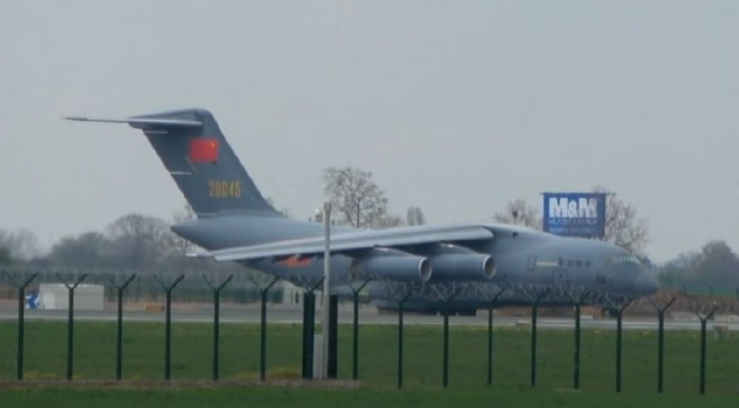
On April 13, 2022, Serbian President Aleksandar Vučić confirmed the purchase of three FK-3 batteries, which have since been fully integrated into Serbia’s air defense network.
5. Beyond Weapons Sales: Three Strategic Shifts in China-Serbia Ties
The HQ-22’s presence at Serbia’s parade reflects deeper trends in bilateral cooperation:
- Upgraded Technology Transfer
Serbia has received not only the FK-3 export model but also access to the original HQ-22 platform, making it the second country after Pakistan to gain such advanced Chinese technology. - Geostrategic Signaling
As NATO expands eastward, Serbia is strengthening its defense autonomy. Vučić put it bluntly:
“We don’t need to join any military alliance—but we must have the ability to defend our skies.”
- Industrial Integration
Serbia’s defense industry has already launched localization projects for the FK-3, aiming for 30% domestic component production by 2026, with potential expansion into HQ-22 key parts.
6. Western Reactions vs. Serbia’s Determination
Western media has taken note. Defense News described Serbia as “building an Eastern air defense shield,” while the EU expressed concerns over “technology proliferation.”
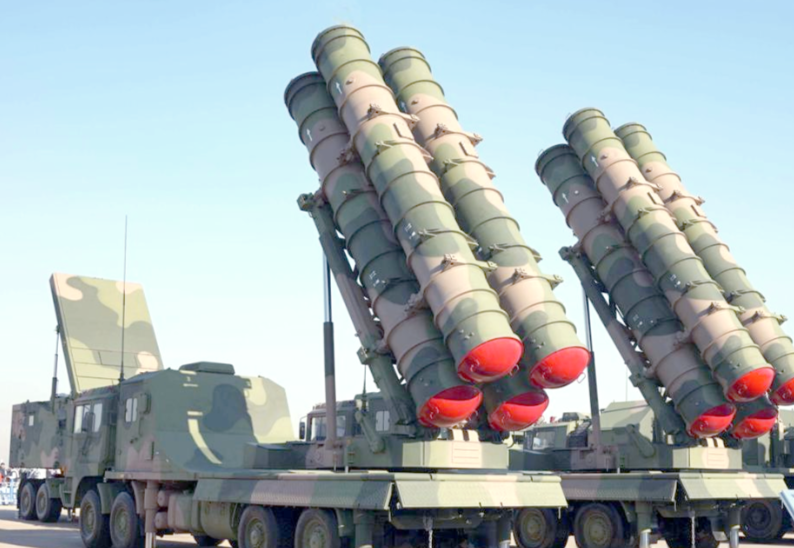
Serbia’s response was firm. Defense Minister Miloš Vučević declared:
“We buy equipment based solely on national security needs—we do not follow geopolitical pressures.”
Interestingly, NATO announced €120 million in military aid to Bosnia—including Stinger MANPADS—the day before Serbia’s rehearsal, highlighting the regional geopolitical rivalry.
7. Future Outlook: Toward Joint Development?
Serbia’s military confirmed that the HQ-22 will be linked to its new Integrated Air-Space Defense Command Center, connecting with early warning radars and fighter jets to form a full “kill chain.”
Looking forward, joint China-Serbia R&D may emerge, especially in developing interceptors for hypersonic threats.
As a Chinese defense attaché in Belgrade put it:
“This is not just about weapons delivery—it is about a shared security vision.”
On September 20, as the HQ-22 rolled alongside T-72MS tanks and MiG-29 fighters, it symbolized more than military hardware—it underscored China’s growing role as a reliable security partner in an increasingly uncertain world.
References
- Serbia Ministry of Defense press briefings (2022–2025)
- CCTV Military Channel, HQ-22 system introduction (2017–2023)
- Defense News commentary on Serbia’s FK-3 procurement (2022)

